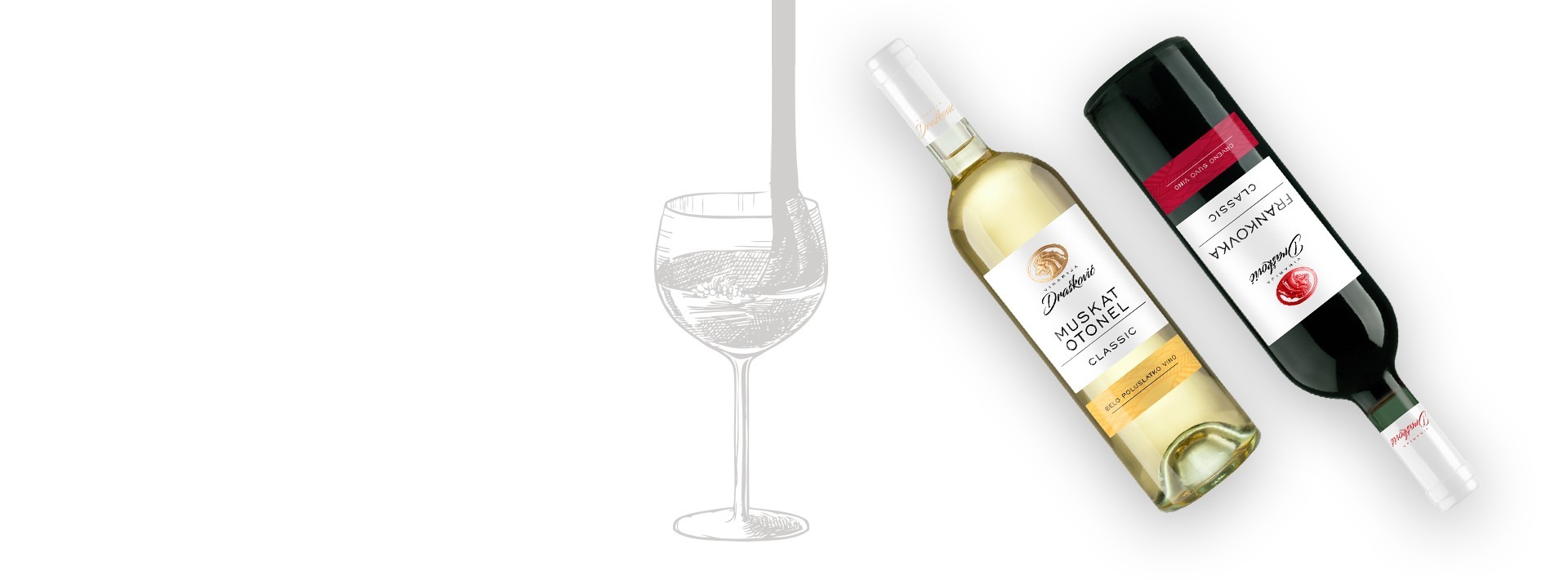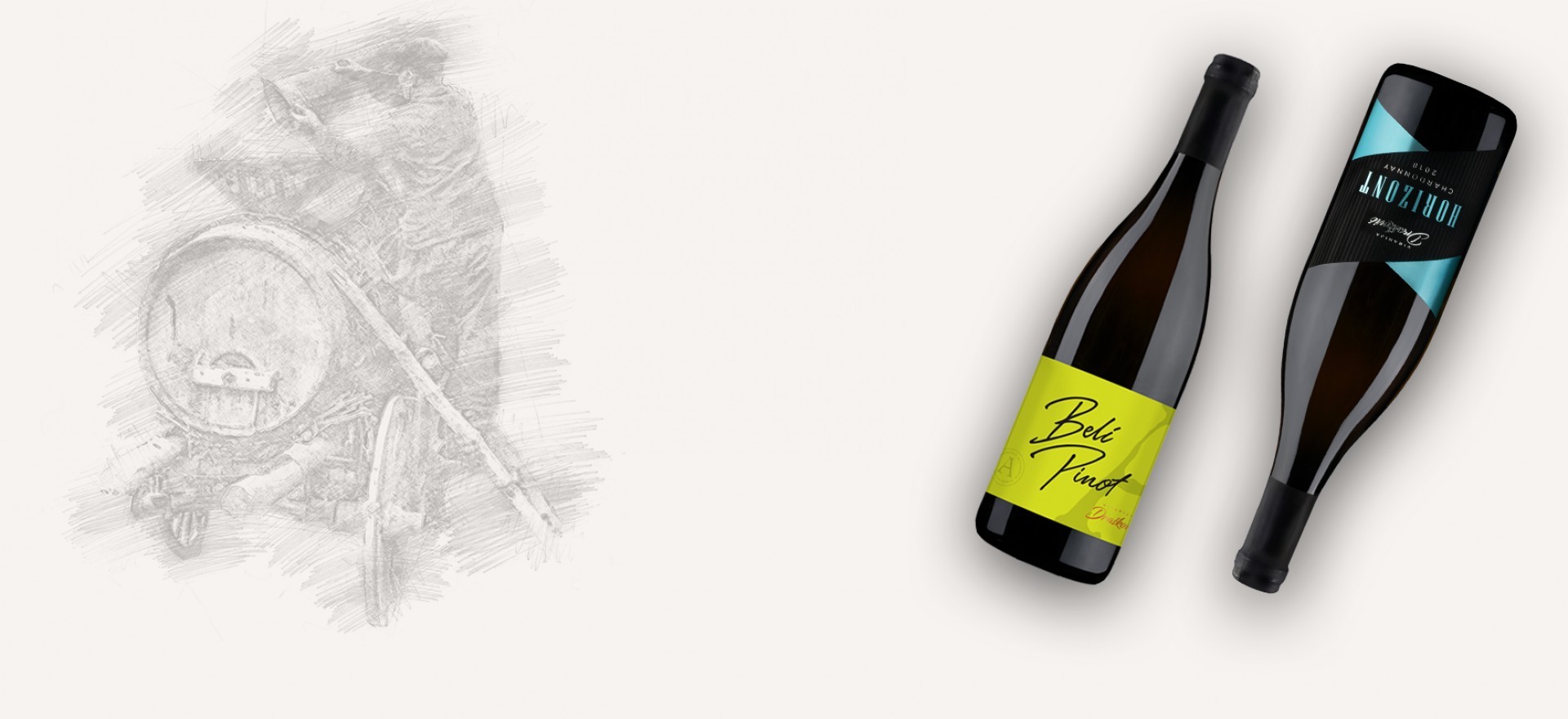History
 Scroll
Scroll



Rich and tumultuous history of Vršac vineyards started during the period of Roman rule. Since then, the continuity of grape growing and development of the wine producing skills have been the major quality that marked the history of this area. The experience of cherishing vine cultivation has been enriched through the centuries by the local people. Learning something new at each harvest used to make the taste of wine unforgettable which was afterwards confirmed by the travel book of Evliya Çelebi and the writings of the Hungarian and Austrian historians…
Various rules changed but the wine was persistent. The first written data on the Vršac wine dated 1494 when a Buda court steward paid a barrel of this drink 10.5 gold forints for the Hungarian king Ladislas. The fact that the wine was purchased for the royal court in Buda verified its excellent quality.
During 18th century, precisely after the Treaty of Passarowitz which was signed between Turkey and Austro-Hungary in 1718 into this area following the recommendation of the Prince Eugene of Savoy, vine growers from Alsace, Rayne area, Moselle and Lothringia were moved. “Friendship cellar“, which is situated at the entrance of Gudurica, is one of the marks of this period when the viticulture and love for wine connected the people of different mentality.
The patience, perseverance and knowledge were the main qualities which marked entrance into the 19th century when Vršac vineyards were the biggest ones in Hungary and according to some data in Europe as well. They spread over 17000 jugers (10000ha). The fact that the vineyards became an integral part of the coat of arms of the City of Vršac witnesses the huge importance of viticulture for this area. Since they imported wheat for food, the people of Vršac dedicated complete agriculture to wine producing. It all resulted in the historic wine harvest in 1875 when over a million buckets (about 50litres) of wine were produced.
The construction of the wine cellar “Helvetia” in 1880 represented a peak of the golden era of Vršac vineyards. With the capacity of 100 railcars (about million l), Helvetia made its impact on 19th century Vršac vineyards. This magnificent and historically important building which was built by a Swiss wine tradesman Bernard Staub and which is owned by the Drašković Winery today, represents unique wine and touristy facility at the foot of Vršac hill.

The first written record of Vršac wine was a document describing that Vršac wine was served to Hungarian king Ladislas II, who enjoyed its taste. The Hungarian court paid 10.5 golden coins for a bucket (about 50litres) of this wine.
After the Treaty of Passarowitz which was signed between Turkey and Austro-Hungary, the colonists, the winegrowers first of all, from Germany, France, Italy and Spain moved into this area.
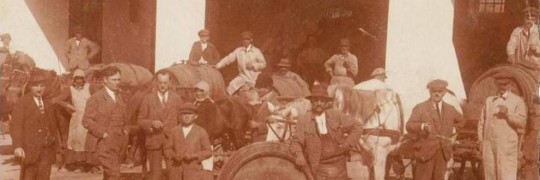
There were 3400 jugers (1375 ha) covered by vineyards and 80 000 buckets of wine were produced from the harvested grapes. Vršac vineyards had the largest production of wine in the Hungarian kingdom.
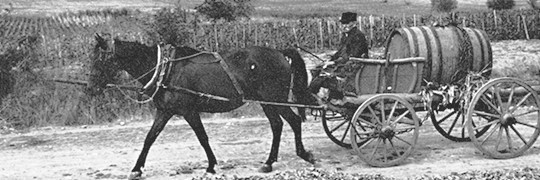
The wines from Vršac started being exported owing to the railway connection between Vršac and Vienna and Budapest. Over two million litres were transported to Vienna and Regensburg.
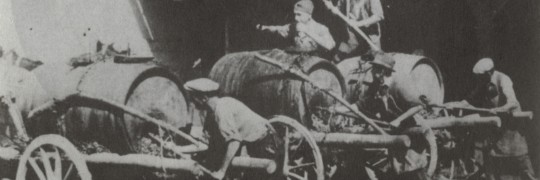
The largest grape harvest in Vršac vineyards when two million buckets of wine were produced. Between 1873 and 1886 there were 9875 ha covered in vineyards. The largest vineyard in Hungary.
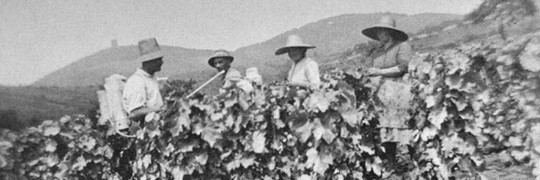
Winery Helvetia, which could keep a million litres of wine, was built by Staub, a Swiss wine merchant.
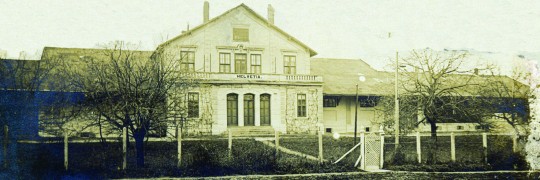
The first congress of the winegrowers was held in the ex-kingdom of Hungary as well a grapes, wine, fruit, and wine equipment exhibition.
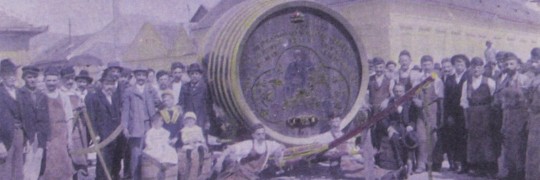
“Vršački vinogradi”, an agricultural organization, was made by merging organizations “Sonja Marinkovic” from Vršac and “Vinogradar” from Gudurica.
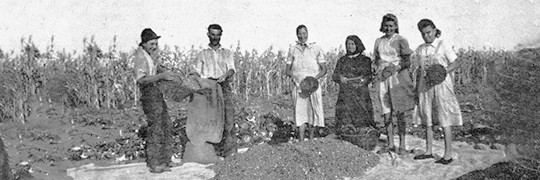
Wine cellar “Vršački vinogradi”, of the capacity of 20 million litres of wine, was constructed.
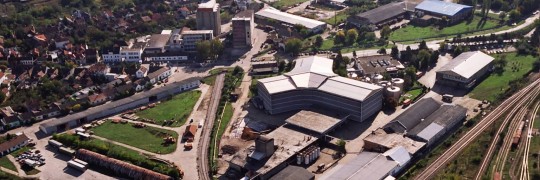
Historic production and sale of Banatski rizling. There were sold over 22 million litres of this wine, a litre per capita of the former Yugoslavia.
“Swisslion Takovo” bought “Vršački vinogradi” and became the owner of one of the biggest and most famous vineyards in the region. About 600 hectares are covered by the vineyards at present.
